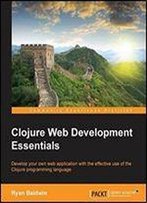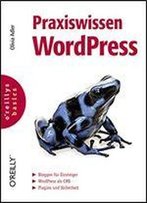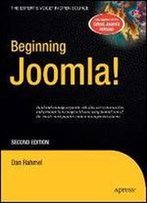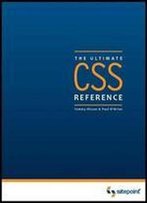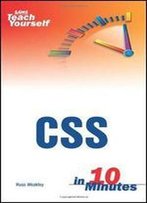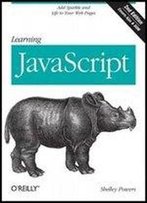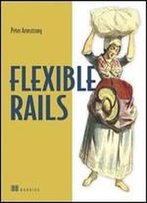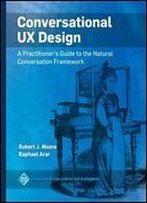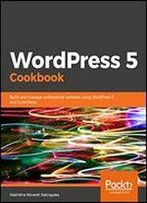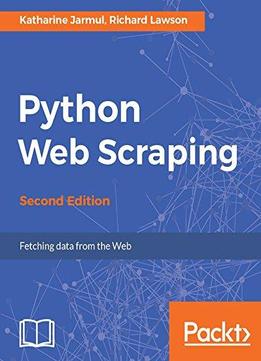
Python Web Scraping - Second Edition
by Katharine Jarmul /
2017 / English / AZW3
3.5 MB Download
Key Features
A hands-on guide to web scraping using Python with solutions to real-world problems
Create a number of different web scrapers in Python to extract information
This book includes practical examples on using the popular and well-maintained libraries in Python for your web scraping needs
Book Description
The Internet contains the most useful set of data ever assembled, most of which is publicly accessible for free. However, this data is not easily usable. It is embedded within the structure and style of websites and needs to be carefully extracted. Web scraping is becoming increasingly useful as a means to gather and make sense of the wealth of information available online.
This book is the ultimate guide to using the latest features of Python 3.x to scrape data from websites. In the early chapters, you'll see how to extract data from static web pages. You'll learn to use caching with databases and files to save time and manage the load on servers. After covering the basics, you'll get hands-on practice building a more sophisticated crawler using browsers, crawlers, and concurrent scrapers.
You'll determine when and how to scrape data from a JavaScript-dependent website using PyQt and Selenium. You'll get a better understanding of how to submit forms on complex websites protected by CAPTCHA. You'll find out how to automate these actions with Python packages such as mechanize. You'll also learn how to create class-based scrapers with Scrapy libraries and implement your learning on real websites.
By the end of the book, you will have explored testing websites with scrapers, remote scraping, best practices, working with images, and many other relevant topics.
What you will learn
Extract data from web pages with simple Python programming
Build a concurrent crawler to process web pages in parallel
Follow links to crawl a website
Extract features from the HTML
Cache downloaded HTML for reuse
Compare concurrent models to determine the fastest crawler
Find out how to parse JavaScript-dependent websites
Interact with forms and sessions
About the Author
Katharine Jarmul is a data scientist and Pythonista based in Berlin, Germany. She runs a data science consulting company, Kjamistan, that provides services such as data extraction, acquisition, and modelling for small and large companies. She has been writing Python since 2008 and scraping the web with Python since 2010, and has worked at both small and large start-ups who use web scraping for data analysis and machine learning. When she's not scraping the web, you can follow her thoughts and activities via Twitter (@kjam)
Richard Lawson is from Australia and studied Computer Science at the University of Melbourne. Since graduating, he built a business specializing in web scraping while travelling the world, working remotely from over 50 countries. He is a fluent Esperanto speaker, conversational in Mandarin and Korean, and active in contributing to and translating open source software. He is currently undertaking postgraduate studies at Oxford University and in his spare time enjoys developing autonomous drones.
Table of Contents
Introduction
Scraping the data
Caching downloads
Concurrent downloading
Dynamic content
Interacting with forms
Solving CAPTCHA
Scrapy
Putting it All Together


